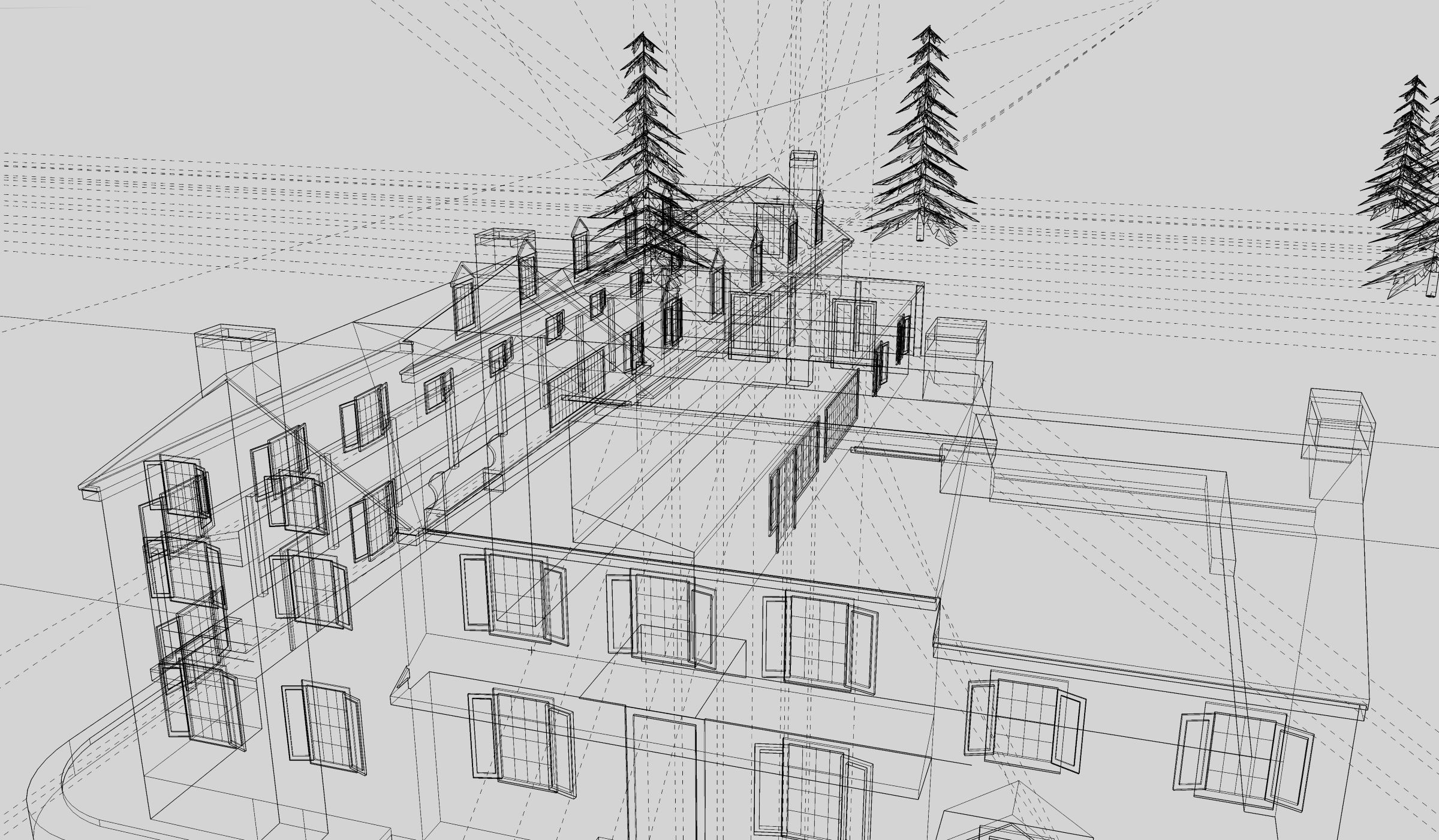Resources
Why Design Build?

What is Design Build?
Design-Build is a system of project delivery, meaning a comprehensive process including planning, design, and construction required to execute and complete a building project.
Over the past few years, use of design-build has greatly accelerated in the United States, making design build one of the most significant trends in design and construction today. Design-Build is where the owner enters into a single contract with the design-builder (one entity) to provide both design and construction services. With one design-build entity, the roles of designer and builder are integrated and drives one unified flow of work from initial concept through completion.
Benefits of Design Build
The advantages of the single contract in the design-build model are many. An integrated design build team works cohesively to complete a project faster, more cost effectively, and execute the intended design more successfully. Disputes are rare in well organized, performance-based design-build projects, because the sole-source responsibility of a single contract for both design and construction clearly places the accountability for coordinating all project elements in the hands of the design-build team.
A single contract for both design and construction consolidate the accountability and responsibility for the completeness, accuracy and integration of the design and construction processes to the design-build entity.
Design-Build is also a mindset. As much as design-build is defined by a sole-source contract for design and construction services, design-build is also defined by the attitude of everyone involved in the project. In successful design-build projects, everyone makes the mental shift to think and act as a single entity. Design-build is intended to be a highly collaborative, fully integrated process that is built on trust, mutual respect, teamwork, innovation and creative problem solving. Owners find that when design-build is done right, their level of engagement with the entire team is more meaningful than is experienced with other delivery methods and the owners’ stress level is lower. Across the country and around the world, design-build successfully delivers both horizontal and vertical construction projects with superior results, no matter what the project type.
Traditional (Design-Bid-Build) System & Disadvantages
By contrast, in all other systems of project delivery, the owner must manage two or more separate contracts, one for design of the home, one for land preparation and development, and one for construction. In this system, the owner would need to engage an architect to design the home while separately engaging a surveying company to design the grading and land development plan. Then, the owner would later engage a construction company (General Contractor) to apply for and obtain necessary grading and building permits. When these three critical activities are performed by separate entities with no one accountable for integrating all aspects together, the result can be catastrophic even before the construction commences (e.g. house footprint is too large for the allowable building envelop, suboptimal orientation of the home, insufficient storm water management plan based on total impervious surface, awkward placement of multiple buildings on the property, project delays due to lack of coordination and proper project sequencing). And, the owner becomes the middleperson who has to engage in potential disputes between the designers and the contractor.
The frequency and intensity of those disputes are often exacerbated by the contractual nature of traditional design-bid-build project delivery. Architects and engineers design and prepare plans and specifications to the best of their abilities, but do not warrant those documents to be perfect and free of human error. The designer then presents the completed plans and specifications to the owner, who in turn, uses those documents to request bids from multiple contractors. It is not uncommon under traditional forms of project delivery that the information provided is not sufficient to bid and build the project. And, the owner is then caught in the middle of a liability gap. When this happens, disputes, claims and change orders are often the result, with the owner caught in the middle of the finger-pointing between the designer and the contractor who have differing contractual obligations. With multiple contracts and lack of overall project accountability, the designers and contractor can easily blame one another for cost overruns and other problems. Therefore, design-bid-build system requires the owner to work harder, hold more responsibility, and be exposed to greater risks.
Adapted from Design-Build Primer by Design-Build Institute of America, October 2014.


